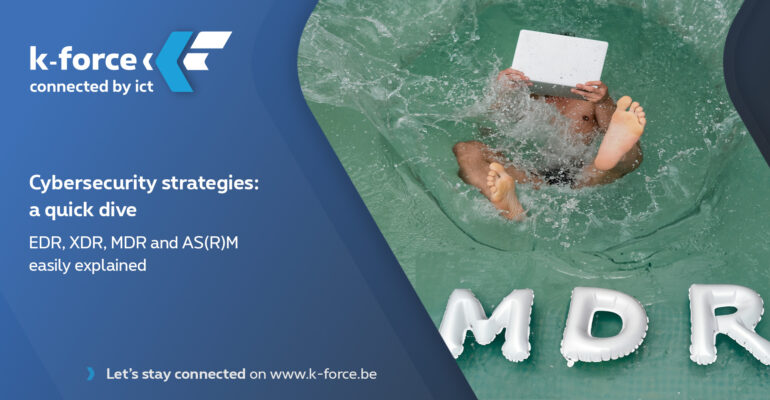Cybersecurity strategies: a quick dive

Cybersecurity strategies: a quick dive
When it comes to keeping data safe, the cybersecurity landscape can seem like a confusing maze of terms and acronyms. Don’t worry, we’re here to guide you through the basics!
The world of cybersecurity is ever-changing, with attackers becoming more innovative by the day. Simply having a firewall or antivirus on your laptop isn’t enough anymore. Security needs to cover your entire company’s digital ecosystem.
Every organization is unique, so there’s no one-size-fits-all approach to security. Let’s break down some common security strategies in a way that’s easy to understand.
1. EDR: keeping an eye on the action
Starting with EDR, or Endpoint Detection and Response, this solution watches over all the devices connected to your company’s network, from laptops to smartphones. If any suspicious activity is detected on a device, it goes into “quarantine” for analysis, preventing the spread of potential threats.
Having EDR doesn’t mean you toss out firewalls and antivirus tools – it complements them. It’s an extra layer to intervene when a threat manages to slip through.
2. XDR: connecting the dots
XDR or Extended Detection and Response. Unlike EDR, XDR gathers data from all connected devices, providing a comprehensive view of your network. This helps identify correlations between incidents and broader vulnerabilities, giving you the bigger picture.
XDR includes detection and response features, similar to EDR, but on a larger scale.
3. MDR: security outsourced
MDR, or Managed Detection and Response, employs the same technologies as EDR and XDR. The key difference is that a third-party provider monitors your network remotely, stepping in when necessary. It’s an excellent option for companies lacking internal resources and expertise.
MDR is predicted to become a popular choice, especially as internal security teams face increasing challenges.
4. AS(R)M: shifting the focus to prevention
Now, there’s already another new strategy – ASRM, or Attack Surface Risk Management. Instead of waiting for an incident, ASRM actively seeks potential threats. It identifies high-risk endpoints and tackles them first, recognizing that today’s attack surfaces are too vast for traditional methods to catch everything.
ASRM aims to bridge the gap between security experts and company leaders, making it easier to understand why investing in security technology is crucial.
In a nutshell: safeguarding your business
Whether you’re fortifying your business network or ensuring the security of your devices, it’s crucial to consistently focus on the bigger picture. Attackers are becoming more innovative by the day, attempting to gain access at every level. Cybersecurity is not merely a necessary cost; it’s indispensable for protecting your business. This decision holds great significance, so don’t take it lightly. Consider consulting with an experienced IT partner for a thorough analysis, seamless implementation, and vigilant monitoring. Safeguarding both your customers’ data and your company’s data is an investment worth making.




